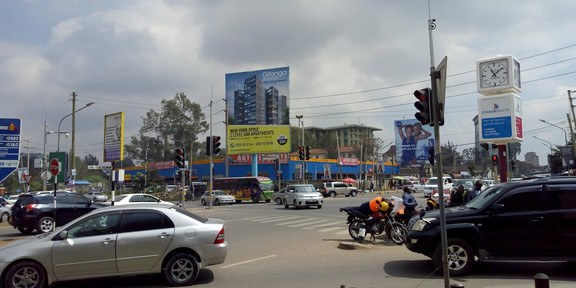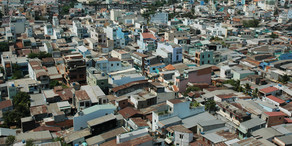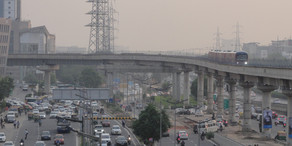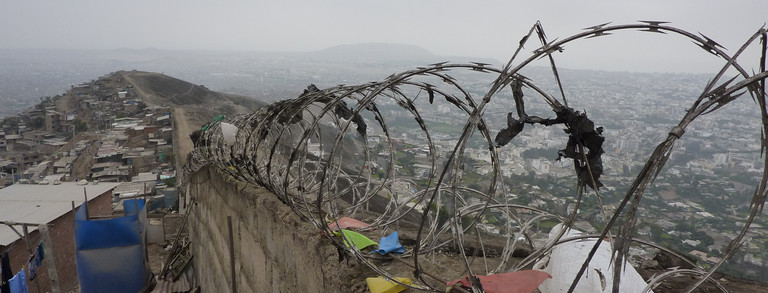Joint article by Dorcas Nyamai and Sophie Schramm
- Archiv
- Forschung
- Promotion

In the Journal of Urban Affairs, both researchers discuss mobility and spatial justice in Nairobi
Article
Accessibility, mobility, and spatial justice in Nairobi, Kenya
Authors
Abstract
A focus on motorized mobility has been subtracted from the advancement of the modes of mobility used by the majority in Nairobi, especially the most vulnerable, with a discernible outcome of injustices. This article explores mobility in relation to spatial justice through three accessibility dimensions—spatial, modal, and individual—that place significance on the comprehension and configuration of spatial justice in relation to mobility. Viewed from this perspective, the organization of space and the prioritization of the mobility needs of the most vulnerable present a notable way in which spatial justice unfolds and is understood. Through a spatial assessment of Nairobi’s urban growth and analysis of the existing modes of mobility, we find that the mono-centricity of Nairobi city contributes to challenges in accessibility to places of necessity. The city’s spatial layout where places of necessity cluster in the urban core, together with the spatial brokerage role of the central business district within the public transport network, speaks for greater attention to the reorganization of places of necessity. We argue that promoting transit-oriented development, investing in state-provided public transport and provision of safe non-motorized infrastructure are integral to advancing justice in relation to mobility and building an inclusive city for all.
Here you may find the full article in the Journal of Urban Affairs.







